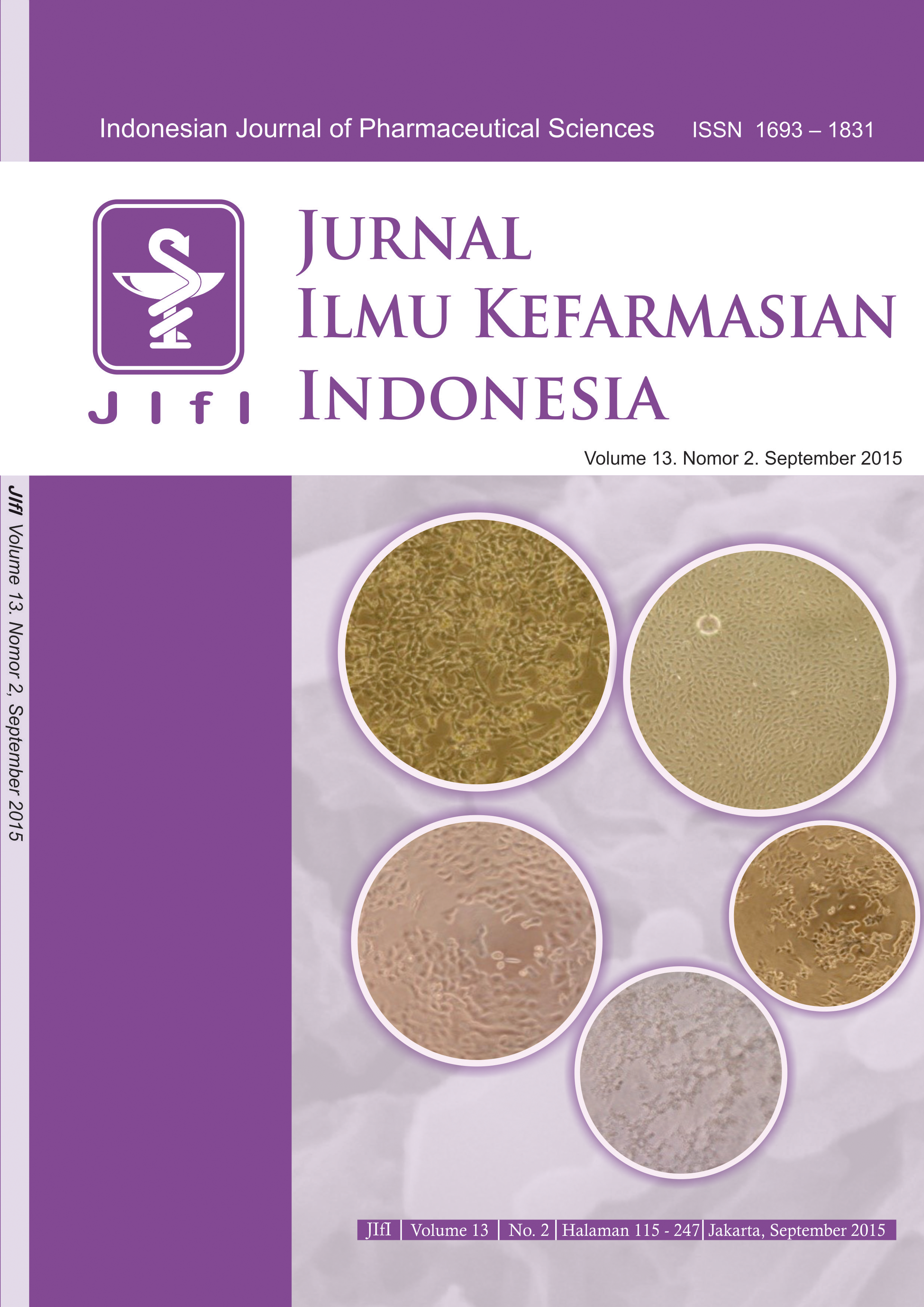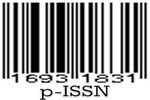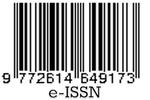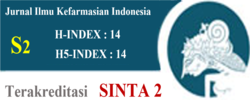Analisis Kandungan Kurkuminoid dan Penghambatan α-Glukosidase dari Ekstrak Beberapa Aksesi Temulawak (Curcuma xanthorrhiza RoxB.)
Abstract
Temulawak merupakan salah satu tanaman obat Indonesia yang termasuk dalam keluarga Zingiberaceae. Kurkuminoid merupakan salah satu senyawa bioaktif dalam temulawak yang dilaporkan memiliki aktivitas biologi. Pada penelitian ini dilakukan evaluasi kandungan kurkuminoid dan penghambatan enzim α-glukosidase dari ekstrak empat aksesi temulawak asal Jawa Barat (Sukabumi), Jawa Tengah (Wonogiri dan Karanganyar), Jawa Timur (Ngawi), dan satu ekstrak asal Bogor-Jawa Barat. Simplisia temulawak tersebutdiekstraksi secara bertahap dengan etanol dan n-heksan. Kandungan kurkuminoid diukur dengan menggunakan metode HPLC. Aktivitas penghambatan enzim α-glukosidase dilakukan secara in vitro dengan microplate reader pada 410 nm. Aksesi temulawak asal Wonogiri menunjukkan kandungan kurkuminoid tertinggi, dengan hasil pengukuran antara 35,57- 85,19 mg/g. Nilai IC50 untuk aktivitas penghambatan enzim α-glukosidase antara 333,27̵908,35 μg/mL, dengan IC50 terbaik adalah temulawak aksesi Wonogiri.Berdasarkan penelitian ini, aksesi temulawak asal Wonogiri sangat baik dalam hal kandungan kurkuminoid dan aktivitas penghambatan enzim α-glukosidase dibandingkan dengan aksesi asal Sukabumi, Karanganyar dan Ngawi, maupun dengan varietas asal Bogor.
Licencing
All articles in Jurnal Ilmu Kefarmasian Indonesia are an open-access article, distributed under the terms of the Creative Commons Attribution-NonCommercial-ShareAlike 4.0 International License which permits unrestricted non-commercial used, distribution and reproduction in any medium.
This licence applies to Author(s) and Public Reader means that the users mays :
- SHARE:
copy and redistribute the article in any medium or format - ADAPT:
remix, transform, and build upon the article (eg.: to produce a new research work and, possibly, a new publication) - ALIKE:
If you remix, transform, or build upon the article, you must distribute your contributions under the same license as the original. - NO ADDITIONAL RESTRICTIONS:
You may not apply legal terms or technological measures that legally restrict others from doing anything the license permits.
It does however mean that when you use it you must:
- ATTRIBUTION: You must give appropriate credit to both the Author(s) and the journal, provide a link to the license, and indicate if changes were made. You may do so in any reasonable manner, but not in any way that suggests the licensor endorses you or your use.
You may not:
- NONCOMMERCIAL: You may not use the article for commercial purposes.
This work is licensed under a Creative Commons Attribution-NonCommercial-ShareAlike 4.0 International License.





 Tools
Tools





















